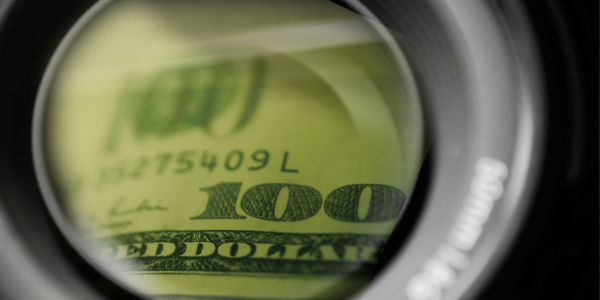Though we won't tell you what particular camera to purchase, we can make some recommendations on what to look for when it comes to choosing a quality video camera.
When it comes to cameras there are many different factors and choices to consider. Each camera will have its own unique features, workflow, and price point. The price can range from a couple of hundred of dollars to tens of thousands of dollars, so, it should not be your lone factor when making a purchasing decision. So without further ado: here are 7 recommendations to help you choose a professional camera.
External Audio Inputs Choosing a camera that has external audio inputs. This allows us to
capture quality audio from a microphone as opposed to using the built-in microphone on the camera. Here you can see we have a mini input, allowing us to connect any type of external microphone. On this particular camera, we have double XLR inputs. This allows us to connect to separate audio sources and record them to separate channels. For instance, we could have a livelier plugged into one channel and a shotgun mic plugged into another. On this camera, we also have a switch to select a line source or microphone source.
White Balance Controls Having the correct white balance is critical for capturing the correct color information. Most professional cameras have a manual white balance setting. This ensures our color temperature stays the same from location to location, since every time we move it will be necessary to re-white balance.
Some cameras, like this one, allow us the ability to store white balance presets. Manual Iris / Aperture / Exposure Though some cameras may label these differently, in theory, they're the same. The iris determines how much light is being let into the camera.
Professional cameras allow us to adjust our iris levels thus giving the shooter control over how much light enters the camera. Having manual control over this ensures our picture quality isn't being determined by the camera's automatic settings.
Cameras that have a manual iris will probably also have a button called zebra. This works in conjunction with your iris allowing the shooter to know which areas are too hot or not bright enough.
Gain Control: Gain control allows us to step up or down certain light levels. This particular camera has three settings for gain. L, M, High. Each step up, adds additional light into the camera. This could be crucial when your iris is bumped up and you still need some additional light.
Manual Focus: Having manual focus on the camera puts you in control of the sharpness of the picture no matter what your shooting. If you doing a lot of zooming in and out or moving around, the last thing you want is the camera guessing at what you're trying to focus on. Manual Zoom Every video camera has a zoom control rocker.
On this particular camera it looks like this: allowing us to smoothly zoom in and out. Having
the option to change this to manual zoom or servo, gives you the shooter control of your zooms. Though it may not be as smooth, it does allow us to do very fast zooms in and out, and it also saves on battery power if you have those long days out in the field.
Neutral Density Filters: ND filters will be critical when shooting outside because, like the iris and gain, it help with the amount of light entering the camera. This camera has four steps for its ND filter off, 1/4, 1/16, and 1/64th. Every time I bump this up, it knocks down the light level. So for instance, shooting inside we would have the ND filter off. If it's a bright day and we are shooting outside then we would most likely use 1/16 or 1/64 depending on what time of the day it is.
We hope you found this helpful. For more tips, subscribe to our
YouTube channel and I'll see you in the next video.



Leave a Comment